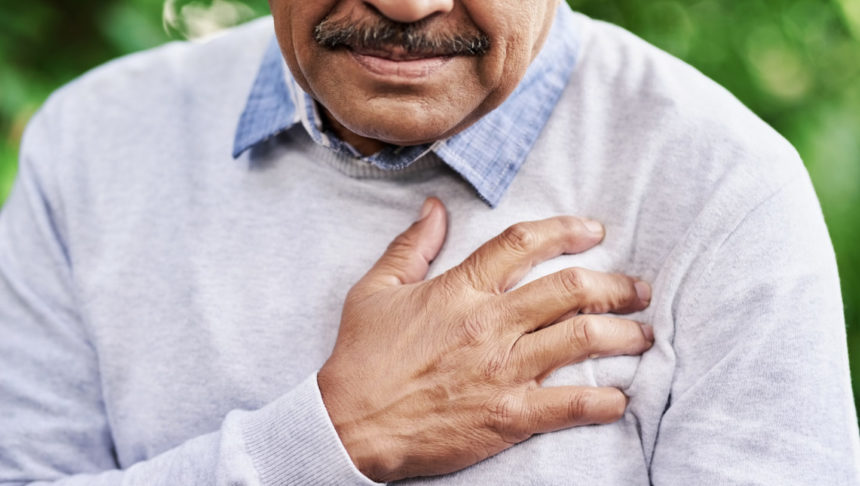
The American Heart Association’s new emergency care guidelines for the first time address post-hospital recovery and rehabilitation following heart attack and cardiac resuscitation.
The AHA Guidelines for Cardiopulmonary Resuscitation and Emergency Cardiovascular Care updates the 2015 version and provides an extensive review of evidence-based recommendations for training and response. It also includes a new digital component.
A new link in guideline’s “cardiac arrest chain of survival” emphasizes the need for treatment, surveillance and rehabilitation for cardiac arrest survivors and their caregivers with a goal of better resuscitation outcomes, the AHA stated.
The authors also encourage a focus on care transitions following hospital discharge to ensure independent physical, social, and emotional functioning.
Key recommendations include:
- Structured assessment for anxiety, depression, post traumatic stress and fatigue for cardiac arrest survivors and their caregivers
- Multimodal rehabilitation assessment and treatment for physical, neurological, cardiopulmonary and cognitive impairments before hospital discharge
- Comprehensive, multidisciplinary discharge planning for survivors and their caregivers, including medical and rehabilitative treatment recommendations and return-to-activity / work expectations.
“The 2020 Guidelines represent a synthesis of important science that guides how resuscitation is provided for critically ill patients,” said Raina Merchant, M.D., MSHP, FAHA, chair of the American Heart Association Emergency Cardiovascular Care Committee and associate professor of emergency medicine at the University of Pennsylvania.




